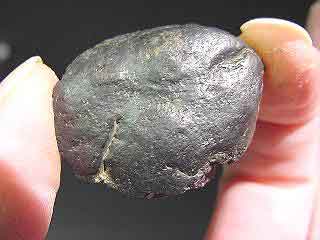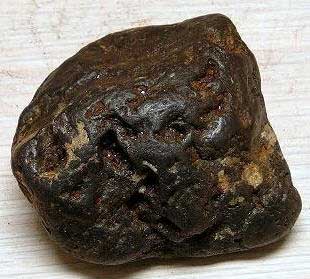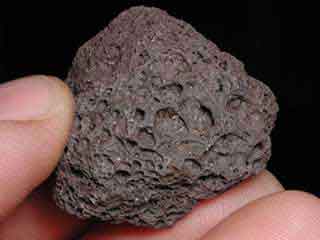

You can also search in "strewn fields," or zones where meteorites from a single space rock were dispersed as it broke up during atmospheric entry.

Richard Norton and Lawrence Chitwood in their book "Field Guides to Meteors and Meteorites" (Springer, 2008), many meteorites have been found in the Mojave Desert's Rosamond, Muroc and Lucerne dry lakes, among others. Within the Mojave or another desert, ancient, dry lake beds are ideal places to search, because their surfaces have likely been exposed for millennia. "Furthermore, the dry conditions in all of these regions (even Antarctica) help preserve the specimens - i.e., they are less altered by liquid water," Rubin told Life's Little Mysteries. Deserts, such as Southern California's Mojave Desert, and icy regions, such as Antarctica, are ideal. The best hunting grounds are large, barren expanses where a dark rock - meteorites tend to be blackish - is easy to spot. "Meteorites fall anywhere, but they are easiest to spot where there are few terrestrial rocks," said Alan Rubin, a geochemist at the University of California, Los Angeles, who specializes in characterizing newly discovered meteorites.
METEORITE IDENTIFICATION PICTURES FULL
In a world full of rocks, narrowing your search is key. "Anytime a person wants to look for meteorites, arrangements with the land owner should be made first." "Meteorites belong to the land owner," Kring said. It's a pretty safe bet that any meteorites found on public lands will be yours to keep, Verish said - "so just go ahead and meteorite hunt."īut if you don't want to take the risk of finding something that could theoretically be confiscated in the future, you're better off searching on privately owned land.

According to Bob Verish, a meteorite recovery expert who has found hundreds of meteorites, some BLM offices consider meteorites to be artifacts, and thus regard them as government property, but the vast majority of BLM offices do not. The law is ambiguous regarding ownership of meteorites found on the 264 million acres of public lands, mostly in the American West (and including many of the country's meteorite hotspots), that are managed by the Bureau of Land Management (BLM). Space rocks found in national parks belong to the federal government and cannot legally be kept, said David Kring, a meteorite scientist at the University of Arizona's Lunar and Planetary Institute. The following tips will get you started on your search, but be warned: This extraterrestrial treasure hunt requires hard work and dedication.īefore you plan a meteorite hunt, make sure that if you find one, you'll be allowed to keep it. If you need further incentive for finding something that was forged at the birth of our sun and contains secrets about the nature of our solar system, there's this: Space rocks are worth as much as $1,000 per gram. So far, more than 40,000 meteorites have been found and catalogued, and countless more are still out there, waiting to be chanced upon. Nonetheless, plenty of chunks of fallen meteors, or meteorites, are strewn across the accessible parts of the planet. When they crash and burn through the atmosphere, most of the debris gets lost to the oceans, while some is buried or gradually weathered away. Earth is under constant bombardment by space rocks.


 0 kommentar(er)
0 kommentar(er)
